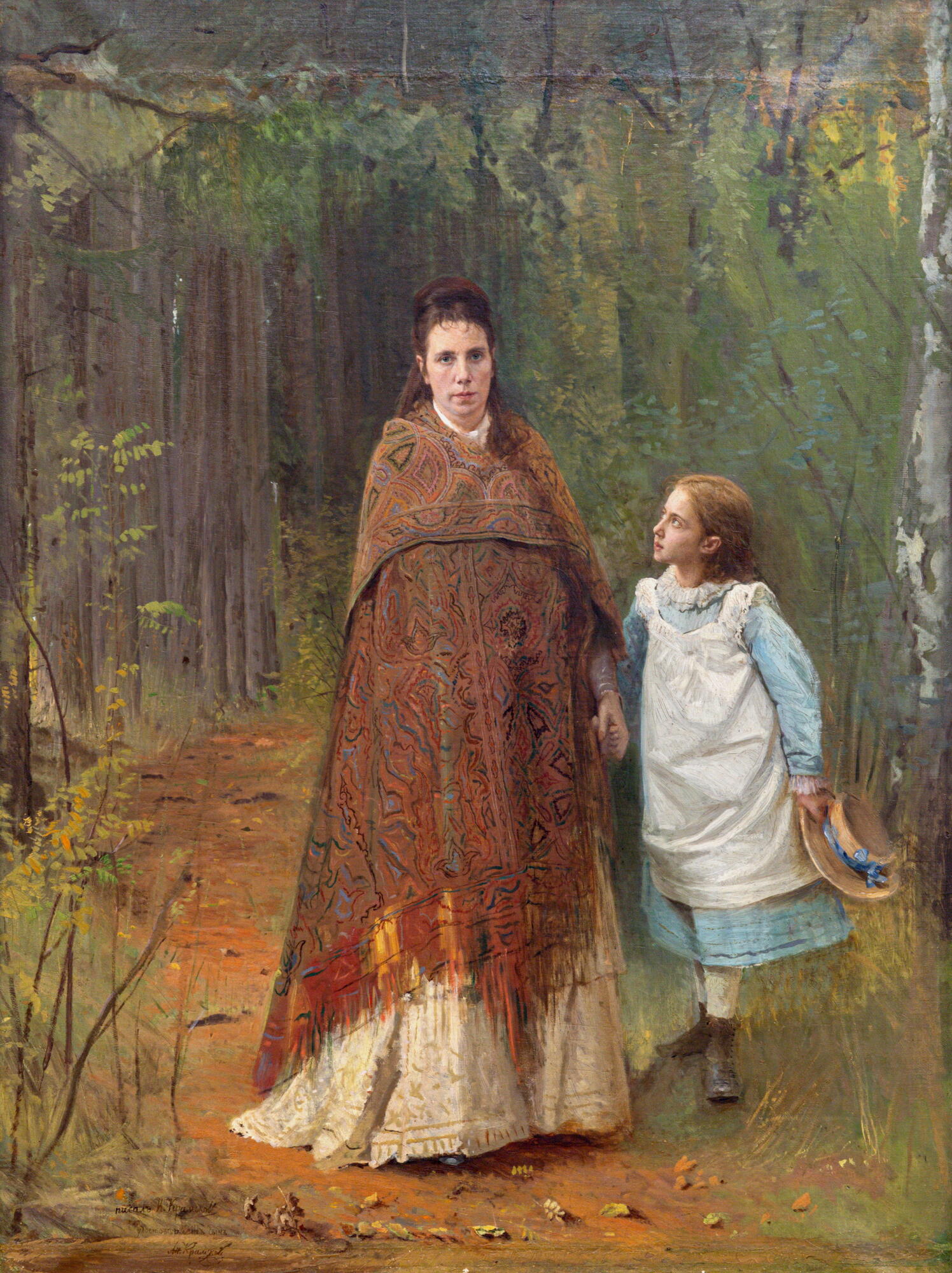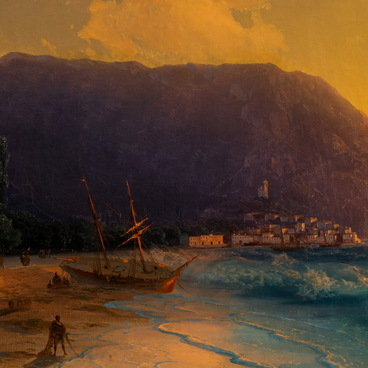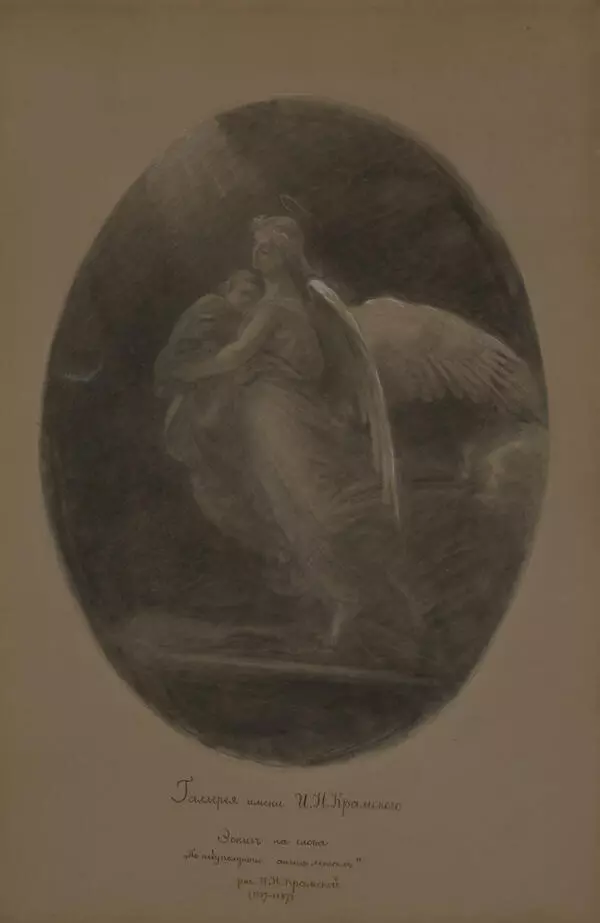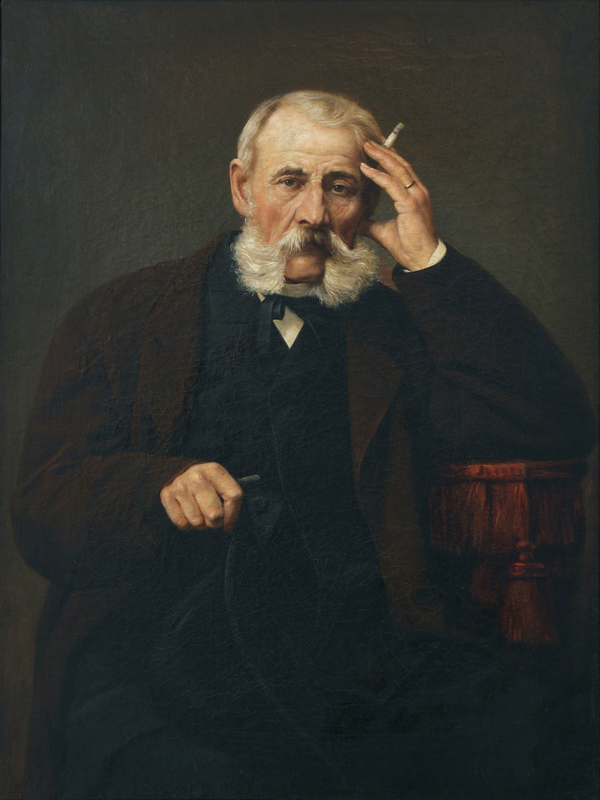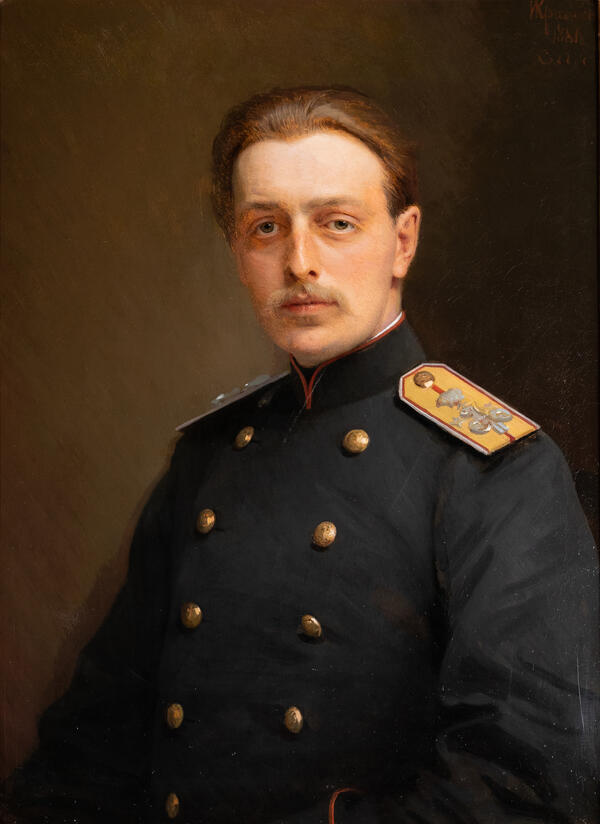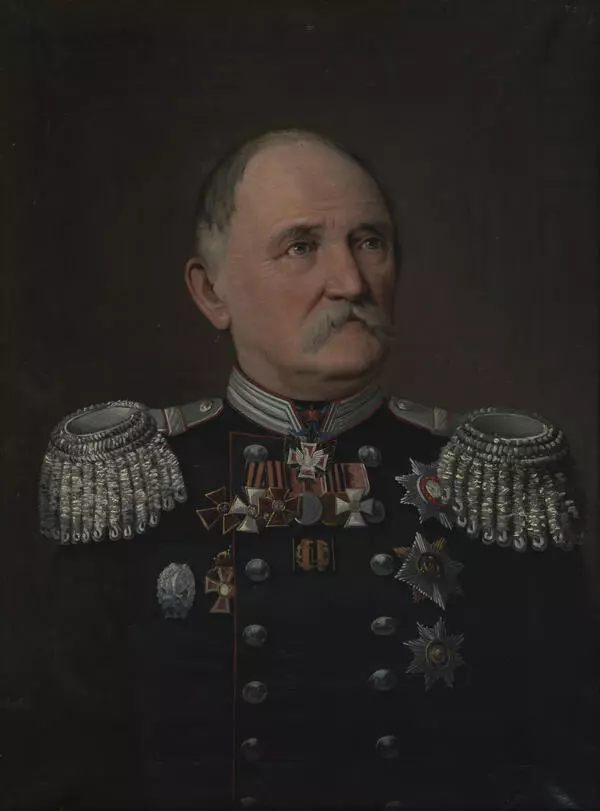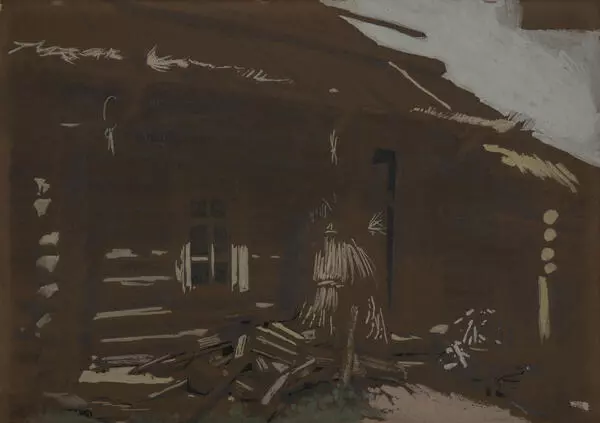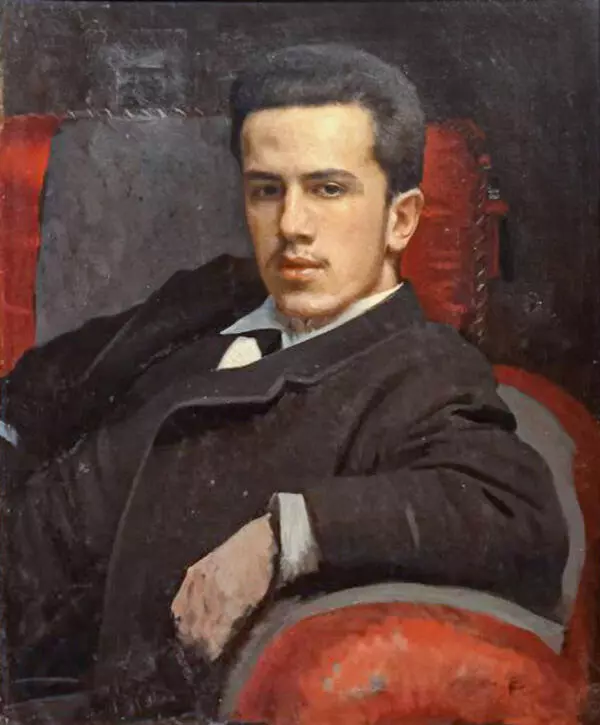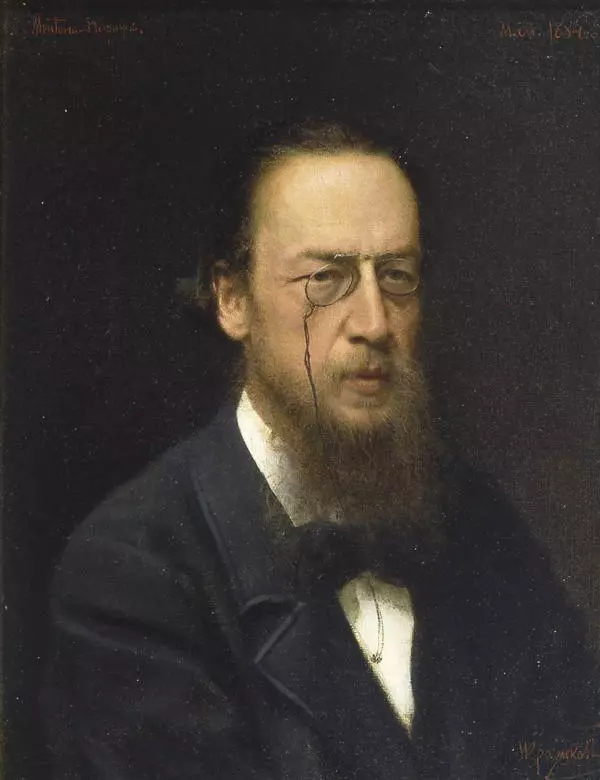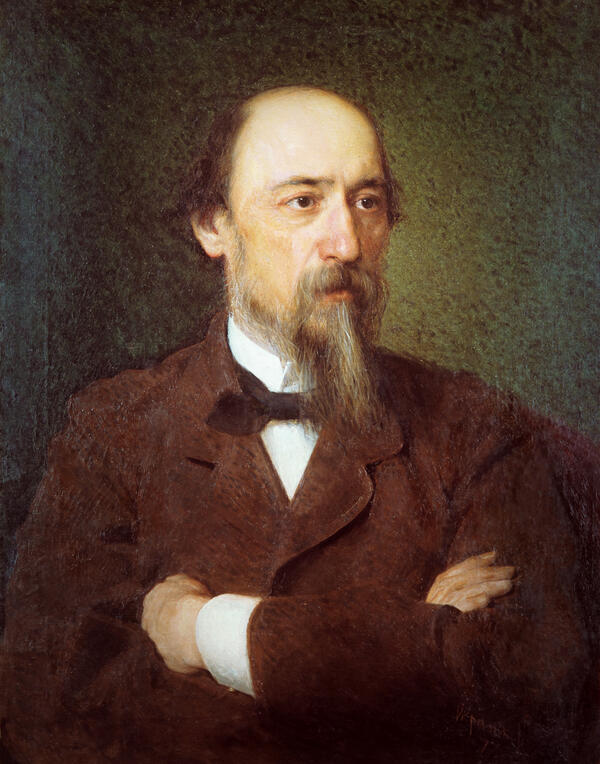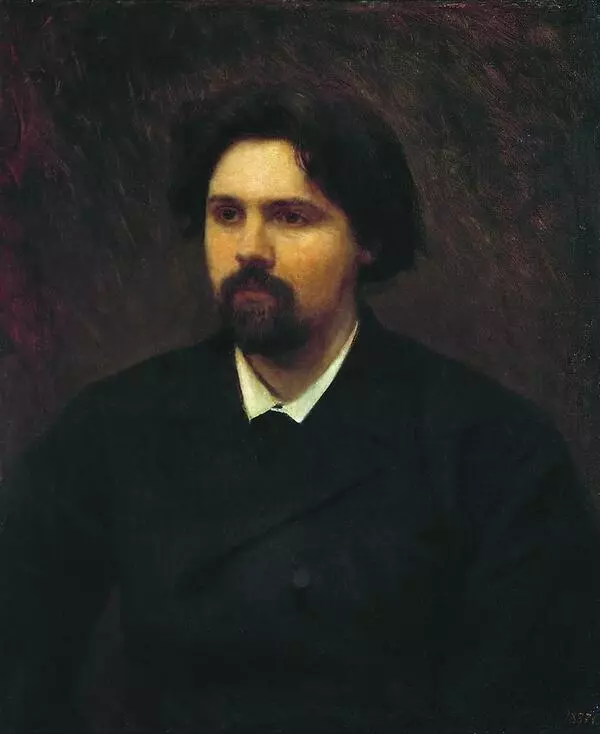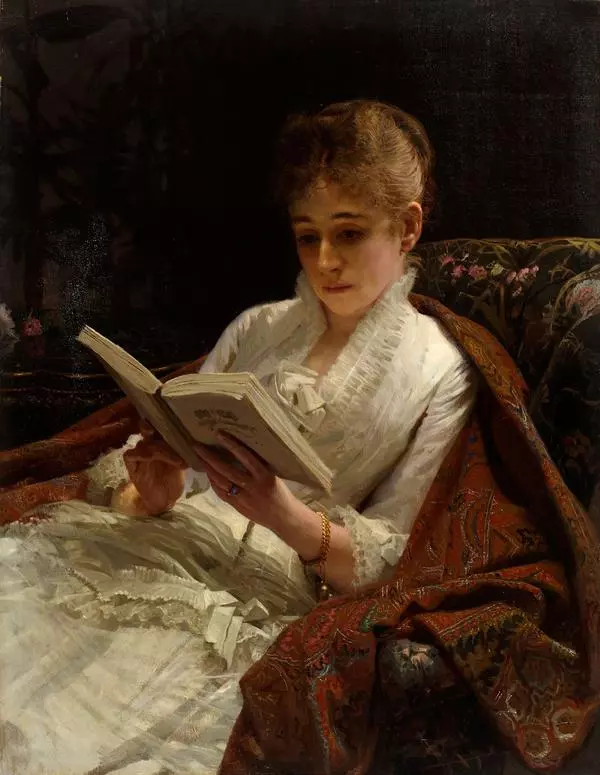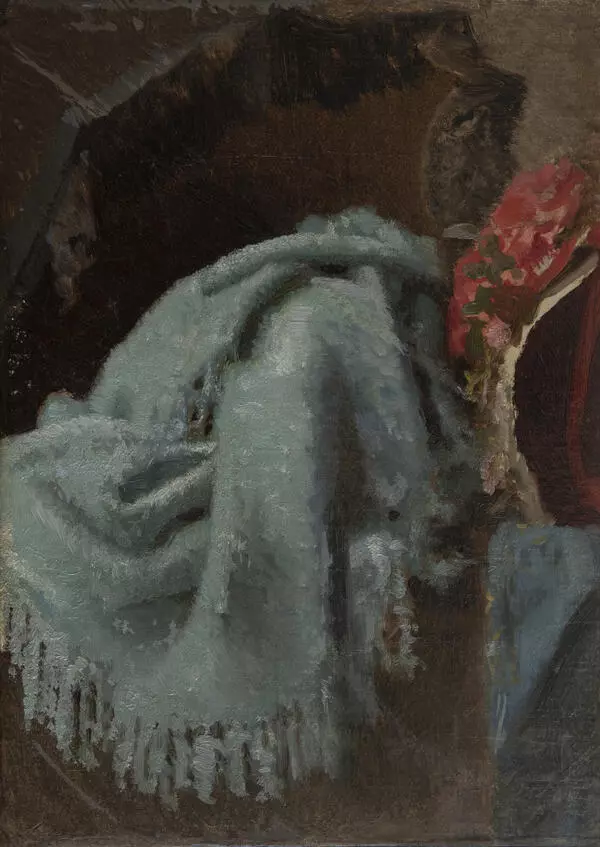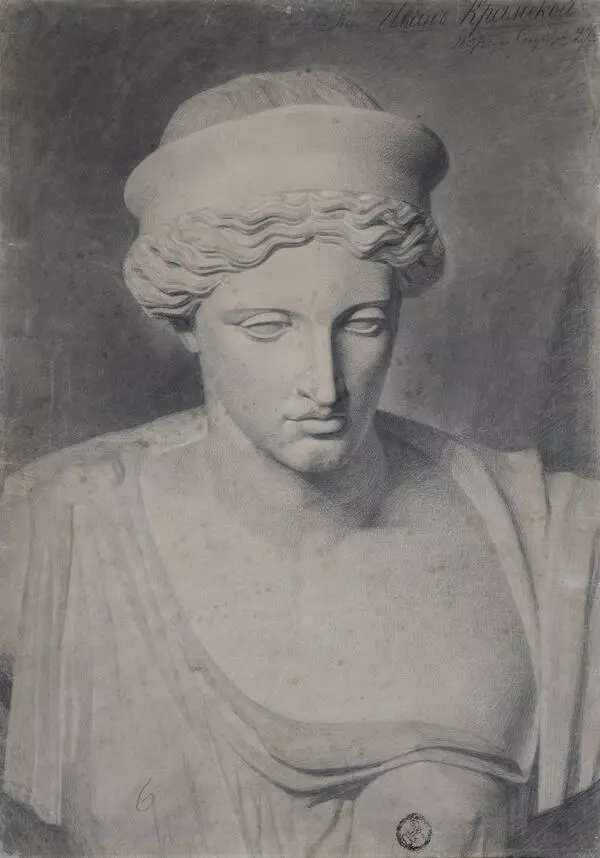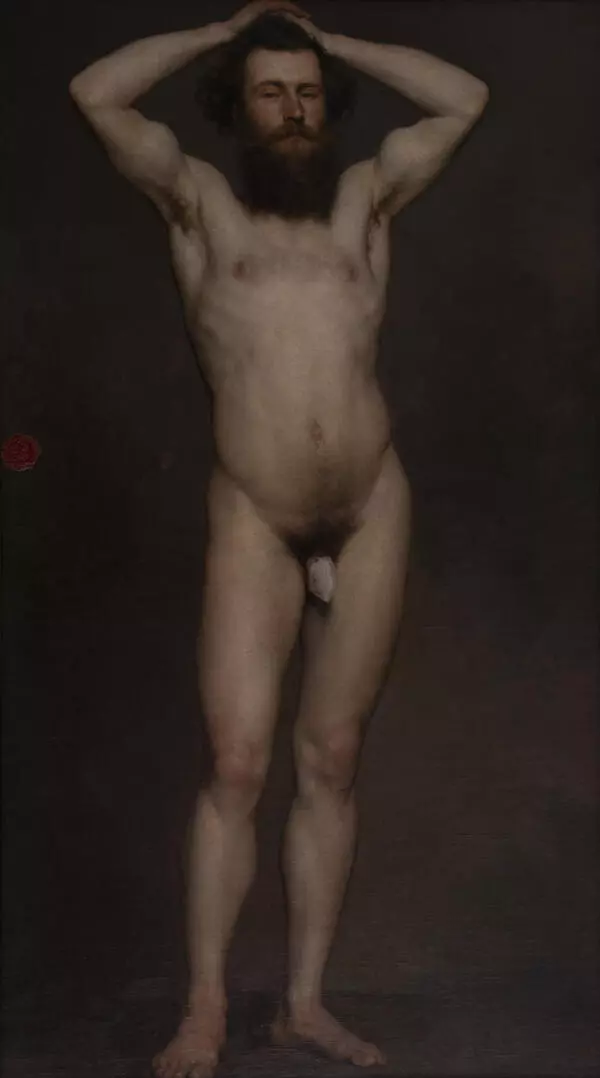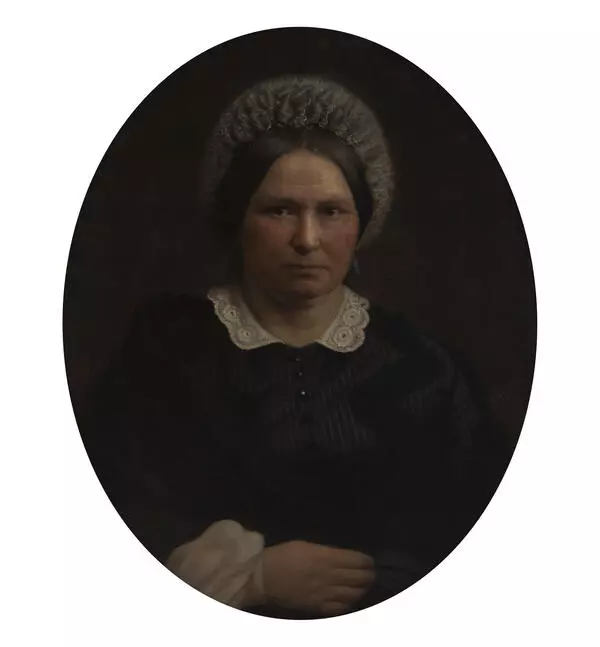Ivan Kramskoy was born into the family of a town council scrivener in the Voronezh Governorate. After graduating from the local school, he worked at the town council and an icon workshop in Voronezh. Having mastered the watercolor retouching technique, Ivan Kramskoy worked in photo studios across Russia, including the famous studios of Ivan Aleksandrovsky and Heinrich Johann Denier in Saint Petersburg.
At the age of 20, Ivan Kramskoy enrolled at the Imperial Academy of Arts in Saint Petersburg. To earn a Grand Gold Medal and do a government-sponsored internship in Europe, students had to create a final project on a given topic. In the year when Kramskoy was going to graduate, the Academic Council offered students to use certain subjects of Scandinavian mythology. However, all students refused to participate in the competition and demanded a free choice of subject. For the first time in the history of the Academy, all students in the class were expelled.
This episode became known as the Revolt of the Fourteen. Headed by Kramskoy, some of the graduate students organized the St. Petersburg Artel of Artists which was the first independent trade union in Russia. Later, they formed the famous group known as Peredvizhniki, or “The Wanderers” who opposed academy painters and fought for independence.
The main genre in the art of Ivan Kramskoy was the portrait. In his works, Kramskoy depicted the life of society and people during his lifetime. This gallery of portraits included both prominent figures such as Alexander III, Dmitri Mendeleev, Leo Tolstoy, and Pavel Tretyakov, and ordinary Russian peasants.
Ivan Kramskoy portrayed his wife and daughter against an alley of tall and somber trees. This background emphasizes the tense atmosphere of the painting which was created after the death of their younger son Mark. The monumental figure of Sophia Nikolaevna is contrasted with the lively and touching image of Sonechka looking at her mother’s face with compassion.
In this painting, Sophia Kramskaya is nine years old. She was the painter’s only daughter, his favorite child, and the subject of dozens of his paintings. She was to face a dreadful fate, and the father seemed to have a premonition about it. Before his death, he wrote, “Sometimes I think about it and get scared that her life may turn into a tragedy.” Sophia Kramskaya became a talented painter but suffered political repression and was sent to labor camps after the Russian Revolution of 1917.
At the age of 20, Ivan Kramskoy enrolled at the Imperial Academy of Arts in Saint Petersburg. To earn a Grand Gold Medal and do a government-sponsored internship in Europe, students had to create a final project on a given topic. In the year when Kramskoy was going to graduate, the Academic Council offered students to use certain subjects of Scandinavian mythology. However, all students refused to participate in the competition and demanded a free choice of subject. For the first time in the history of the Academy, all students in the class were expelled.
This episode became known as the Revolt of the Fourteen. Headed by Kramskoy, some of the graduate students organized the St. Petersburg Artel of Artists which was the first independent trade union in Russia. Later, they formed the famous group known as Peredvizhniki, or “The Wanderers” who opposed academy painters and fought for independence.
The main genre in the art of Ivan Kramskoy was the portrait. In his works, Kramskoy depicted the life of society and people during his lifetime. This gallery of portraits included both prominent figures such as Alexander III, Dmitri Mendeleev, Leo Tolstoy, and Pavel Tretyakov, and ordinary Russian peasants.
Ivan Kramskoy portrayed his wife and daughter against an alley of tall and somber trees. This background emphasizes the tense atmosphere of the painting which was created after the death of their younger son Mark. The monumental figure of Sophia Nikolaevna is contrasted with the lively and touching image of Sonechka looking at her mother’s face with compassion.
In this painting, Sophia Kramskaya is nine years old. She was the painter’s only daughter, his favorite child, and the subject of dozens of his paintings. She was to face a dreadful fate, and the father seemed to have a premonition about it. Before his death, he wrote, “Sometimes I think about it and get scared that her life may turn into a tragedy.” Sophia Kramskaya became a talented painter but suffered political repression and was sent to labor camps after the Russian Revolution of 1917.
